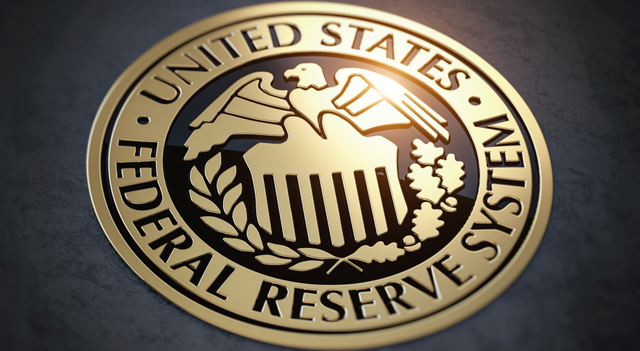In a significant development that has buoyed the U.S. stock market to record levels, the Federal Reserve has affirmed its stance on rate cuts for 2024, despite witnessing stronger-than-expected economic growth. This announcement comes as a relief to investors who had been adjusting their expectations for the central bank’s easing measures amidst signs of robust growth and persistent inflation.
Fed Chairman Jerome Powell’s recent statement highlighted that the economic vigor observed has not altered the Fed’s outlook on the easing of price pressures. The central bank’s steadfast projection of 75 basis points in rate reductions for 2024 has fueled investor optimism for a “soft landing” scenario, where inflation is curbed without hampering economic growth.
The market response to the Fed’s reassurances was overwhelmingly positive, with the S&P 500 climbing 0.9% to a new closing high and the Nasdaq Composite soaring by 1.25%. Concurrently, the yield on the 10-year Treasury note dipped, reflecting an inverse relationship with its price.
This optimistic turn follows a period of recalibrated expectations among investors, who had initially anticipated more aggressive rate cuts. The Fed’s decision to maintain its easing outlook, paired with an upgraded economic growth forecast for 2024, underscores a potential alignment with the expectations of a majority of fund managers for a smooth economic trajectory.
Despite the Fed’s optimistic projections, some investors remain cautious, questioning the feasibility of achieving the indicated rate cuts against the backdrop of a resilient economy and above-target inflation. The skepticism is mirrored in the shifting market expectations, which have adjusted the timeline for anticipated rate cuts from March to June.
The Fed’s latest “dot plot,” reflecting the rate expectations of its policymakers, indicates a divided outlook, with opinions split on the extent of rate reductions for the year. This division underscores the central bank’s cautious approach to ensuring inflation is effectively managed without reigniting inflationary pressures.
Investors are closely monitoring these developments, weighing the prospects of adding duration to their bond portfolios against the need for further confirmation of the Fed’s commitment to easing. The ongoing dialogue between market expectations and the Fed’s policy direction continues to shape the investment landscape, with the U.S. stock market’s record highs reflecting a tempered yet hopeful outlook for the economy’s path forward.
